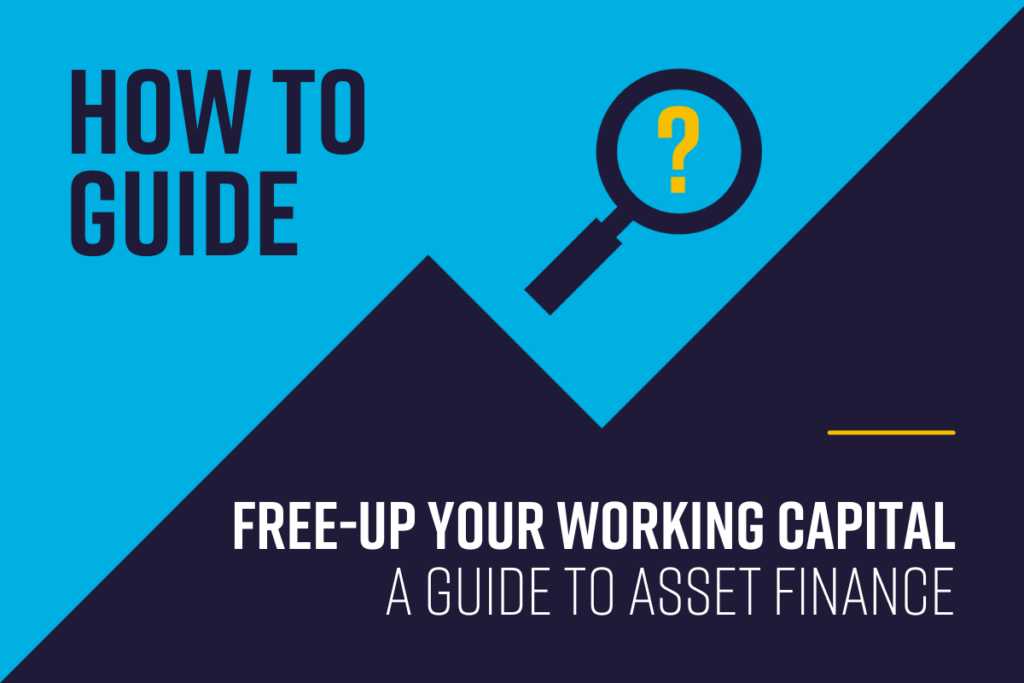According to figures released by the Finance & Leasing Association (FLA), total asset finance new business (primarily leasing and hire purchase) grew by 6% across the UK in August 2021 compared with the same month in 2020.
In the 8 months to August 2021, new business was 22% more than in the same period in 2020.
The commercial vehicle finance sector reported new business up by 15% in August compared with the same month in 2020. Over the same period, the business equipment finance and plant and machinery finance sectors each reported new business growth of 12% (source: FLA.org.uk, 11 October 2021)
These latest figures highlight the economic contribution that the asset finance industry is making to businesses recovering post pandemic.
Our guide takes a closer look at asset finance and the types of funding that’s available to help keep tight control on cashflow and working capital to drive business growth.
Asset Finance Explained
Asset finance is a type of lending that enables businesses access to assets such as equipment, machinery and vehicles without having to buy them upfront, or it can be used to leverage the equity in your existing assets.
It works by spreading the cost of capital purchases, such as equipment, machinery or vehicles over a fixed period of time. These assets can be new or second-hand.
How does it work?
Asset finance works in a few different ways, depending on which type of funding option you choose.
Hire Purchase is when the funder purchases the equipment you need on your behalf, and you use it straight away while paying monthly instalments. This is a good option for acquiring equipment and vehicles.
Leasing is when the funder purchases the equipment and leases it to your business for an agreed term – it’s essentially a method of renting an asset over a period of time. At the end of the first lease term, you may have the choice to extend to a second period, or even sell the asset. Or you can simply return the asset.
Refinancing is when you release the capital tied up in your assets to free up cash to use elsewhere, or simply to improve cashflow over time. You still have full use of the asset and will still own it at the end of the term.
The Benefits of Asset Finance
Here are some of the main reasons why business owners use asset finance options to help put their growth plans into action.

Minimise ownership risk: remove the risk of how much value remains in the asset at the end of the contract

Efficient delivery of funds: the security contained within the asset can result in prompt turnaround of credit applications

Eliminate uncertainty: fixing the rental costs and payable interest for the duration of the contract helps planning for the future by eliminating uncertainty and costly surprises

Cut wasted spending: the rentals reflect usage of an asset for a portion of its usable life – an important value added benefit if you expect to use the asset for part of its life

Stronger cashflow: small, regular payments free up your cashflow, enabling your organisation to adapt more easily to changing business conditions

Clear budget management: paying a fixed monthly amount over a defined period of time allows more straightforward budget management and financial planning

Tax efficiencies: reclaim VAT and offset repayment interest against profit as well as super deductions against capital purchases
Finance v’s Hiring
Here are the top 3 benefits of financing assets through your businesses instead of hiring from a third party:
- Cost saving: on average, monthly payments for finance will be 1/4 of the cost of hiring the same asset for a month
- Increase the net worth of your business: watch your balance sheet grow as the equity held within your asset increases every month
- Full control: owning your asset puts you in control to use it when your business requires. Hiring can take time to organise, making it difficult to respond quickly to changing business requirements and take advantage of growth opportunities
Speak to the team today to find out how our range of asset finance options can help free-up your working capital to take advantage of business opportunities.



